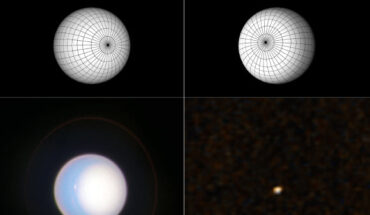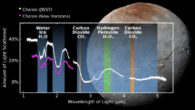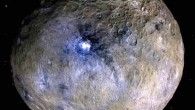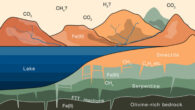In a new study, astronomers compared high-resolution images of Uranus from the NASA/ESA Hubble Space Telescope to the more-distant view from NASA’s New Horizons spacecraft. Their results may serve as ‘ground-truth’ observations to use as a baseline to interpret exoplanet direct-imaging data from future observatories. In this image, two three-dimensional shapes (top) of Uranus are compared to the actual views of the planet from Hubble (bottom...




















